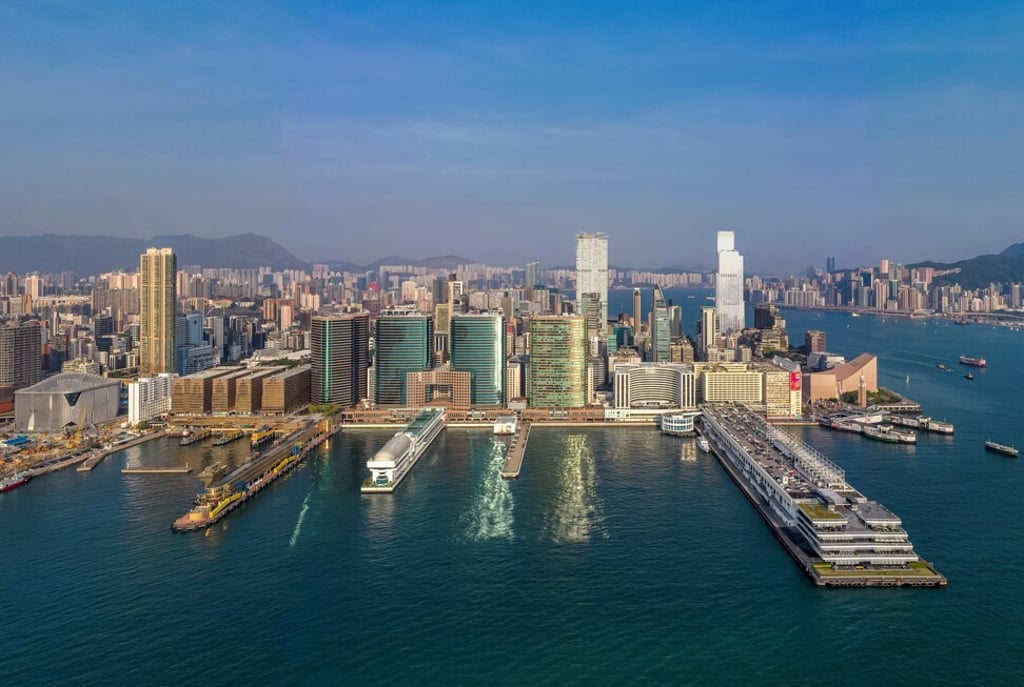How Wharf’s ‘future-proof’ commercial developments have helped Chinese cities develop
- Developer brings proven experience from Hong Kong to Chengdu, Changsha, Chongqing, Suzhou and Wuxi
- Acclaimed International Finance Square complexes serve as testament to firm’s ‘Building for Tomorrow’ vision
[Sponsored article]
Two of Hong Kong’s most-visited lifestyle landmark destinations, Harbour City and Times Square, have helped to develop the areas of the city where they are located.
Harbour City, built on the site of a colonial-era wharf and dockside pier and warehouse area beside Victoria Harbour in Kowloon’s Tsim Sha Tsui area, started out in 1966 with the opening of Ocean Terminal, a cruise liner passenger terminal and Hong Kong’s first air-conditioned shopping centre.
In the decades since then, the development has been expanded, and today it encompasses a 2 million sq ft mall, three hotels, 4.6 million sq ft of office space, serviced apartments, a private recreation club and a cinema, and is known as a destination for international luxury brands to showcase their goods to China.

In Hong Kong Island’s Causeway Bay area, an old tram depot and adjacent wet markets selling fresh produce were transformed into Times Square – a 2 million sq ft complex comprising a shopping centre and two office towers, which opened in 1994. Today, it is home to the world’s most coveted luxury brands and is the preferred office location for multinationals and technology companies. The must-visit shopping landmark, with its 1 million sq ft retail area spread over 17 storeys, is among the world’s most successful “vertical malls”.
What is most remarkable about these two developments is how, after many decades, they remain as popular and relevant as ever.